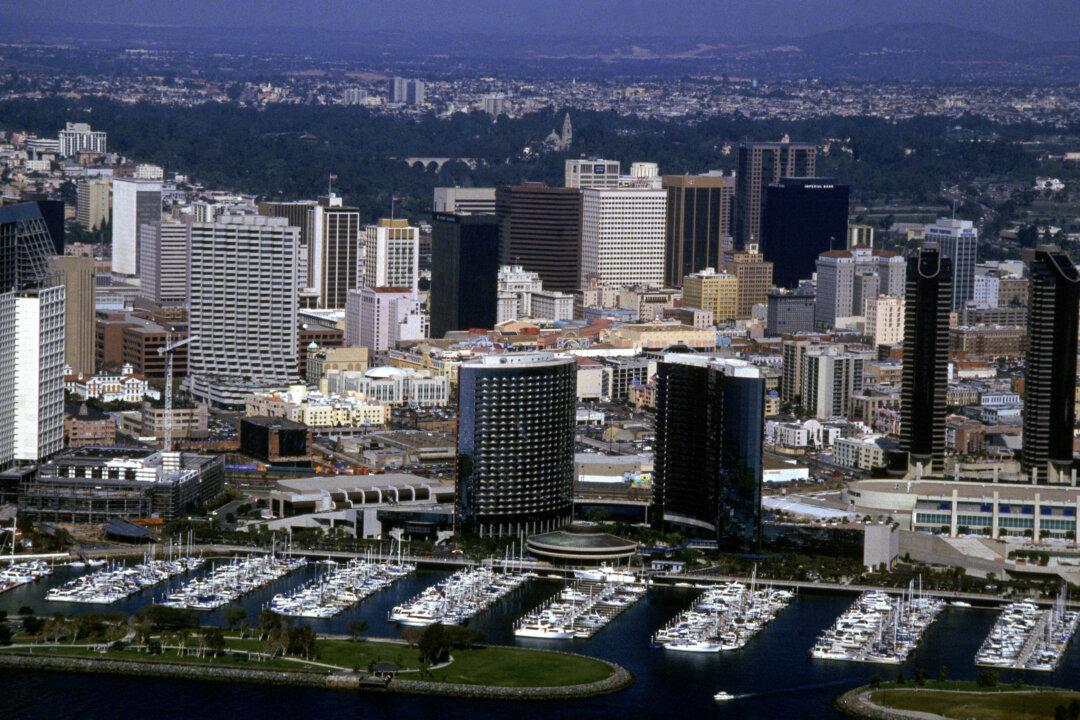Commentary
The second fiscal year after the implementation of Gov. Gavin Newsom’s coronavirus lockdown for San Diego County’s 18 cities saw Del Mar bounce back up in fiscal rankings (see “City of San Diego Fell Behind $191 Million in First Year of Pandemic,” May 15, 2024).





